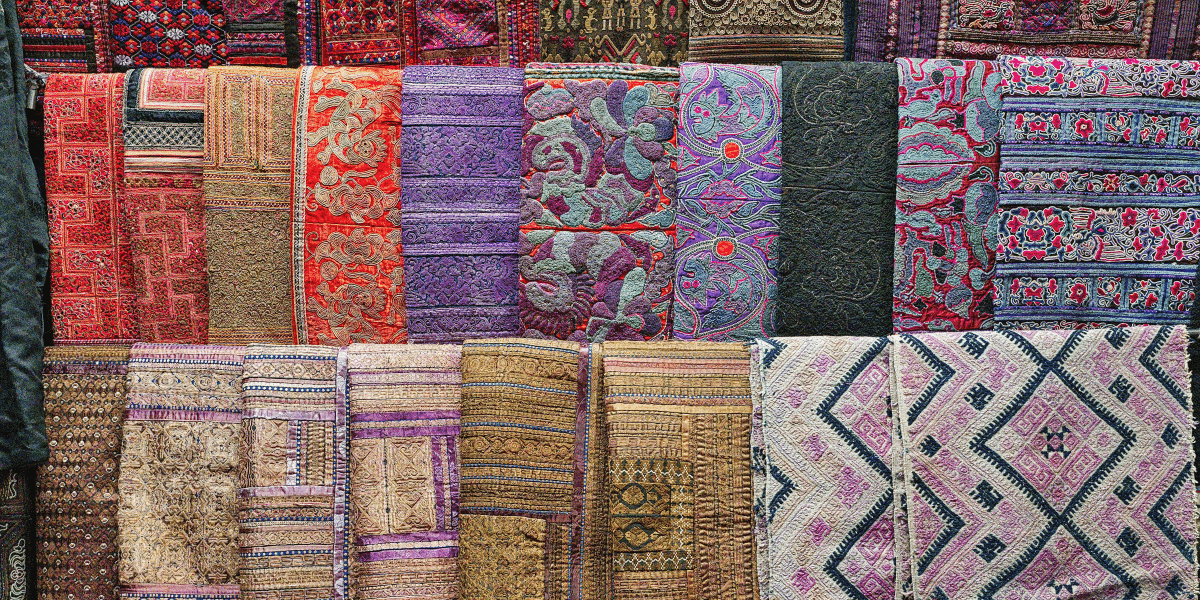The Hamptons’ classic coastal charm embodies the epitome of relaxed luxury, as few design aesthetics can. Renowned for its tranquil yet refined lifestyle, this beloved design trend seamlessly blends rustic simplicity with subtle elegance. Among the variety of elements that transform an ordinary space into a Hamptons sanctuary – consider the quintessential Hamptons rug. Not just a floor covering, a Hamptons-style carpet can be the central design element that sets the tone for the rest of your interiors.
For anyone aiming to create an inviting, ocean-side ambience, here are the tips on selecting the classic Hamptons rug to infuse your space with relaxed luxury.
Palette Perfection: Embrace Nature-Inspired Tones
Depicting the enchanting palette of the nearby coastal landscapes, Hamptons rugs generally adhere to a soothing, muted color scheme; Earthy neutrals, shades of blues, crisp whites, and sandy beiges reign supreme. These colors reflect the natural elements of the Hamptons coasts – the white-capped Atlantic waves, the endless blue skies, the gleaming summer sun, and the dusky dunes. A rug with such a palette instantly brings to mind the calming visuals of a serene beach stroll, enveloping your space in an ocean of tranquility.
The Allure of Patterns and Textures: Think Diversity
The Hamptons style encapsulates a variety of textures and patterns, embodying visual and tactile appeal. Striped rugs, with their simple yet striking detailing, can add a sense of order and balance to your room. Geometric patterns, owing to their versatility, can be dressed up or down to suit the surrounding decor.
Then there are the natural fiber rugs, notably jute and sisal. Their distinctive, woven textures add a raw, organic touch, echoing the rustic charm of coastal living. Alternatively, a plush, soft wool rug can usher in a sumptuous level of luxury, perfect for those cozy, barefoot moments.
Mastering the Art of Layering
The Hamptons-inspired interior design demands a refined technique of layering. This style can manifest subtly by overlaying a patterned rug on a solid-coloured one or boldly by juxtaposing a smaller, vividly-coloured rug over a larger, neutral-toned one. The primary objective is to generate an unexpected, profound, and distinctive ambience within your living area, enabling your unique persona to radiate.
Quality, It Speaks Volumes
A true Hamptons rug doesn’t merely personify style; it epitomizes quality. Investing in a durable and wear-resistant rug, whether a hand-knotted wool rug, a machine-loomed synthetic carpet, or a hand-woven natural fiber, is equivalent to endorsing a sustainable lifestyle, a fundamental element of the Hamptons charm.
Slipping in the Right Size
In interior design, size does matter. Your rug should balance the surrounding elements and respect the scale of your room. Smaller rugs can segregate certain areas, creating zones within rooms, whereas larger ones can unify spaces, inducing harmony.
Wrapping Up
Much like its eponymous beachside town, the Hamptons design holds the magic of nuanced contrast between simplicity and glamor. Hamptons rugs, therefore, translate this magical brew into a tangible experience, invoking a sense of living the “endless summer” dream.
Embracing a Hamptons rug doesn’t merely hint at your elegant taste but also celebrates the art of relaxed luxury. It’s a statement of who you are – a seamless blend of the chilled beach-goer and the discerning aesthete.
So go ahead and allow a Hamptons rug to become your room’s centerpiece. Contact your local rug manufacturer to source one and let it magnify the mystique, enrich the room with its texture, and echo the rhythm of coastal living. Safe in the knowledge that your space flaunts an iconic decor piece, which is not just a rug but a lifestyle story woven in threads of coastal charm.
Published By: Aize Perez



















